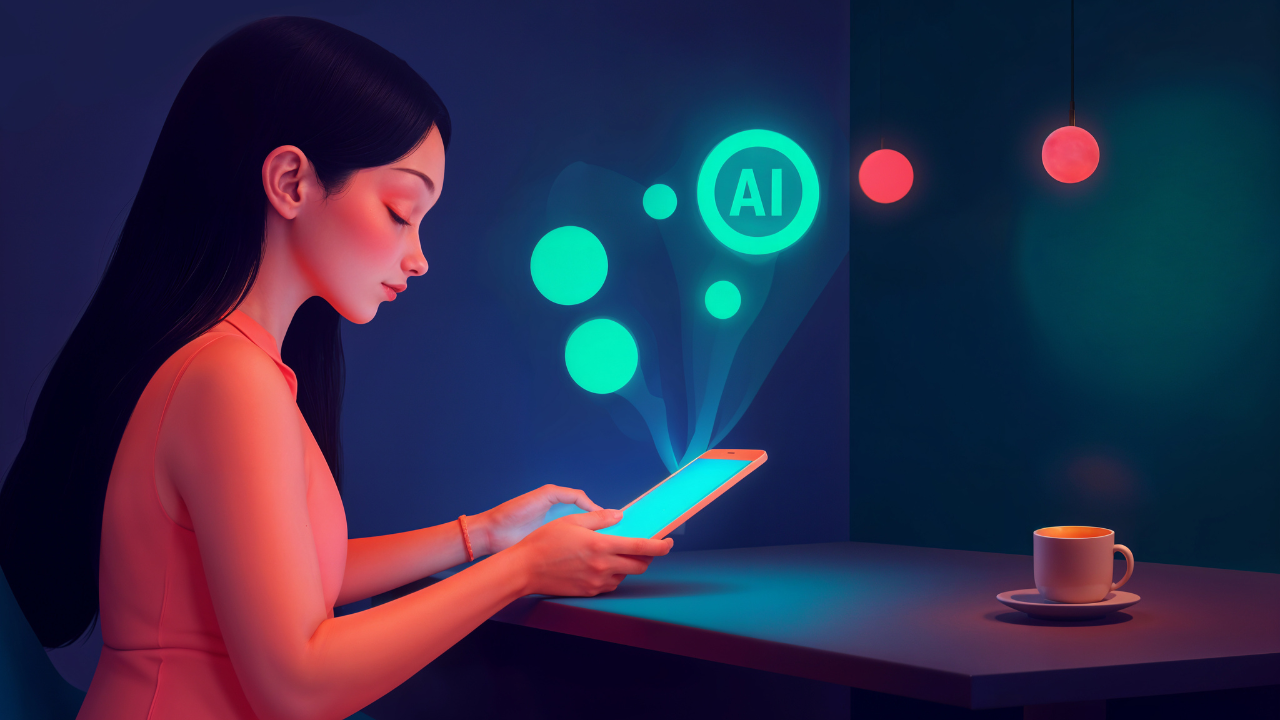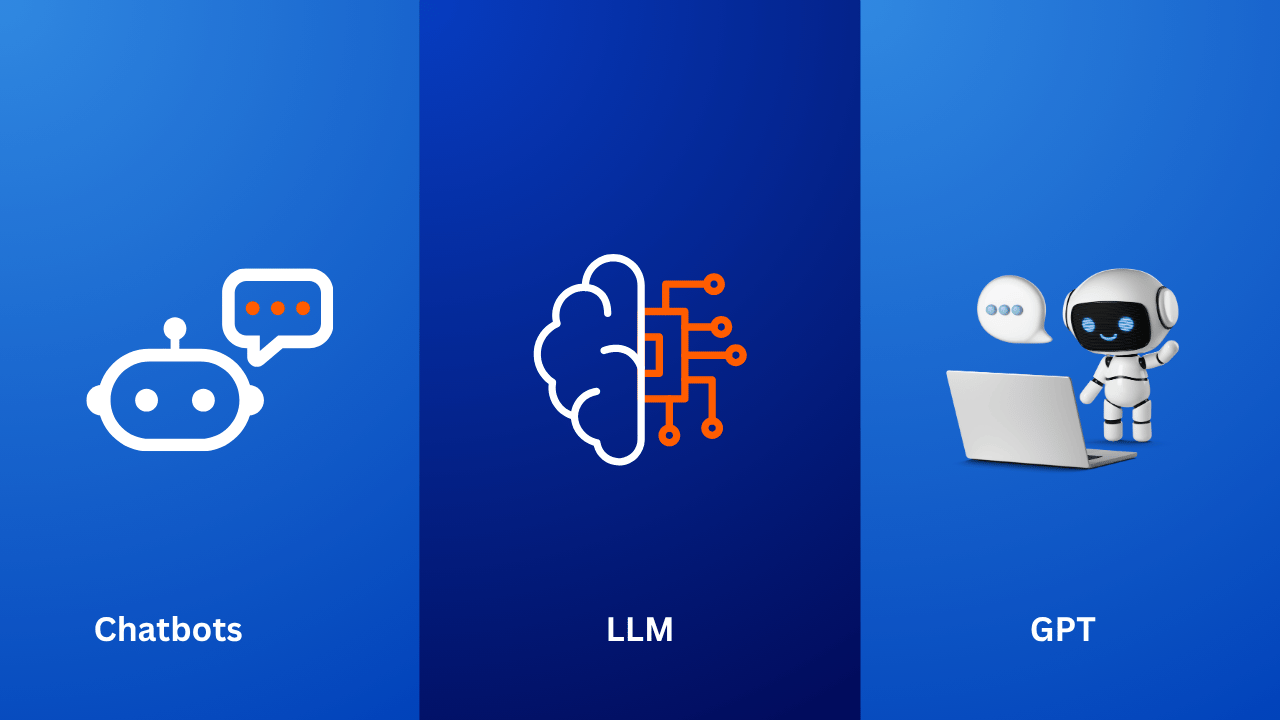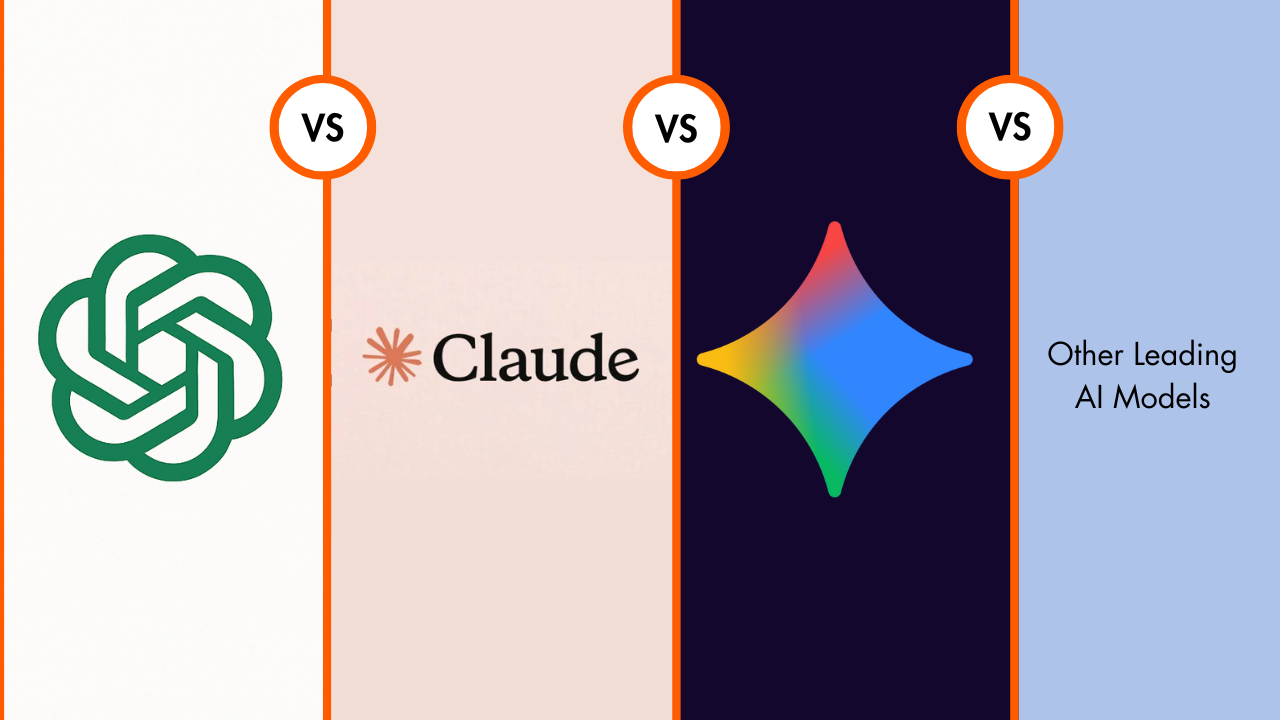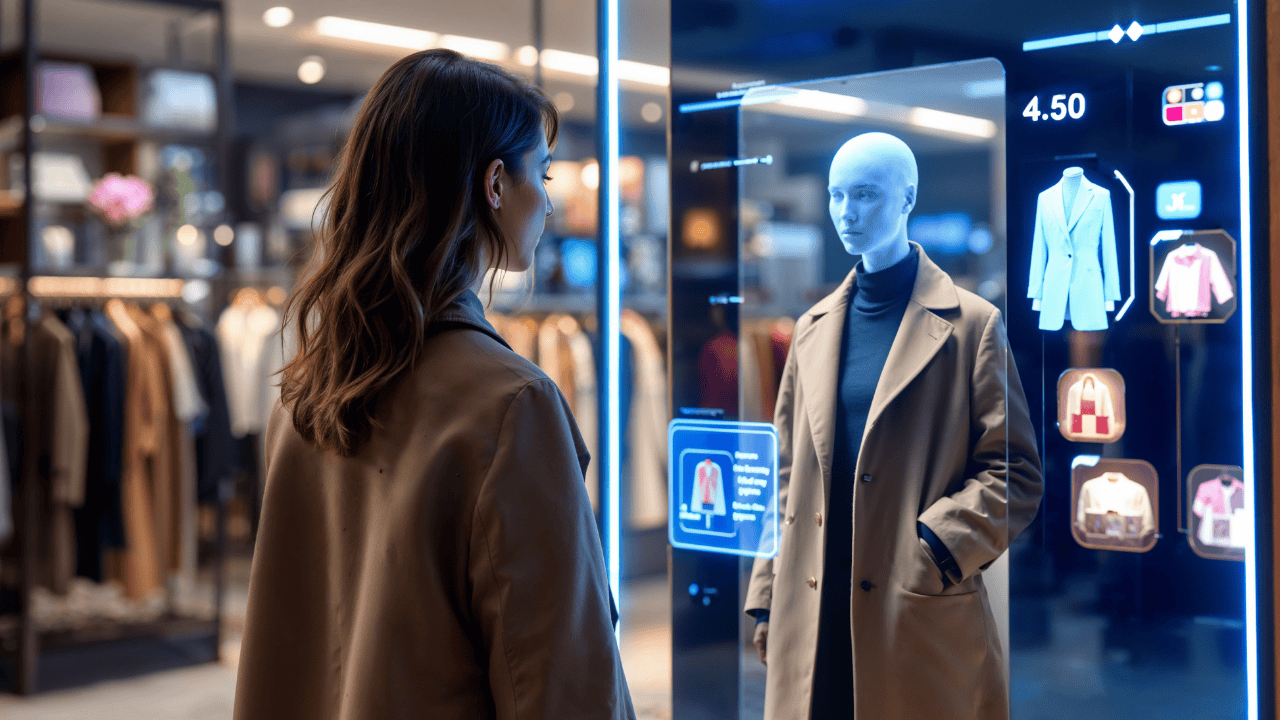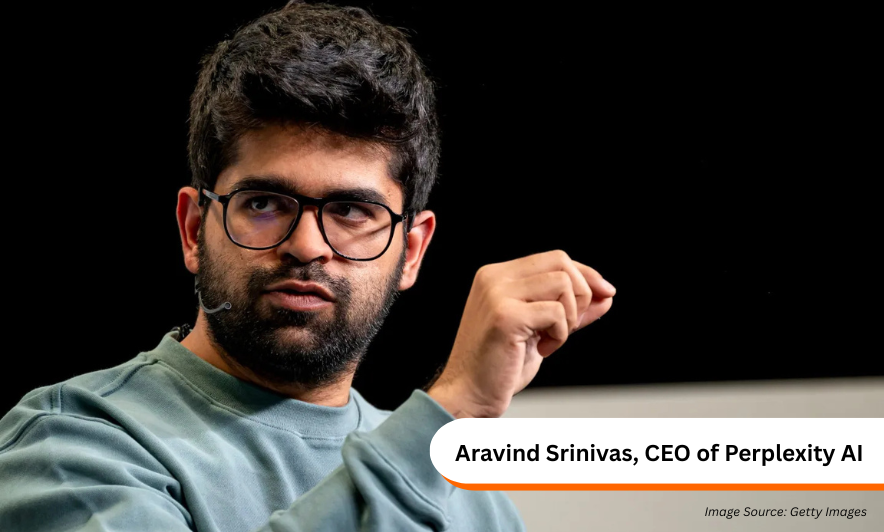AI is already part of your daily life—from personalized recommendations and virtual assistants to fraud detection and smart home devices. Discover 10 surprising ways you use AI without even realizing it.
Artificial intelligence (AI) has smoothly woven itself into everyday
life, often in ways we don’t immediately notice. From the apps on our
smartphones to services we use online, AI quietly enhances convenience,
personalization, and efficiency. Here are ten ways AI is likely part of your
daily routine without you even realizing it.
1. Personalized Recommendations
Streaming services like Netflix or Spotify analyze your viewing or listening
habits to suggest content tailored to your preferences. These recommendation
engines rely on AI algorithms to predict what you might enjoy next, creating a
more engaging and personalized experience.
2. Virtual Assistants
Devices such as Amazon Alexa, Google Assistant, and Siri use natural language
processing (NLP), a branch of AI, to interpret spoken commands and respond
appropriately. Whether setting reminders, checking the weather, or controlling
smart home devices, AI powers these assistants.
3. Social Media Feeds
Platforms like Facebook, Instagram, and TikTok utilize AI to curate your news
feed, prioritize posts, and recommend content. Algorithms analyze engagement
patterns, interests, and social interactions to keep you connected with what
matters most.
4. Email Filtering and Smart Replies
AI helps manage your inbox by identifying spam, categorizing messages, and
suggesting smart replies. These algorithms learn from your behavior, ensuring
that important emails stand out and routine responses can be sent quickly.
5. Online Shopping Suggestions
E-commerce websites like Amazon leverage AI to recommend products based on
browsing history, past purchases, and trending items. Predictive analytics
ensures the shopping experience is tailored to each customer’s preferences,
boosting both convenience and sales.
6. Navigation and Traffic Predictions
Apps such as Google Maps and Waze use AI to analyze traffic patterns, calculate
optimal routes, and estimate arrival times. The technology continuously learns
from real-time data, helping users avoid congestion and reach destinations
efficiently.
7. Voice-to-Text and Translation Services
AI-driven speech recognition enables voice-to-text features in messaging apps
and transcription services. Similarly, translation tools like Google Translate
use AI to provide more accurate, context-aware translations in multiple
languages.
8. Fraud Detection
Financial institutions employ AI to detect suspicious activity in real-time.
Machine learning models analyze transaction patterns, flagging unusual behavior
to prevent fraud and protect users’ accounts.
9. Personalized Advertising
Online ads you see on websites or social media are often curated using AI
algorithms. These systems analyze browsing habits, demographics, and interests
to serve advertisements that are more relevant to you, improving both
engagement and conversion.
10. Smart Home Devices
AI powers smart thermostats, lighting systems, and security cameras, learning
user behavior to optimize comfort, energy efficiency, and safety. Devices
adjust automatically based on routines, environmental conditions, and user
preferences.
AI is not confined to futuristic concepts or research labs anymore. It
integrates into everyday technology, improving convenience, personalization,
and decision-making in ways most people do not notice. Understanding how AI
functions behind the scenes helps us appreciate its pervasive influence and
prepares us to navigate a technology-driven world.

